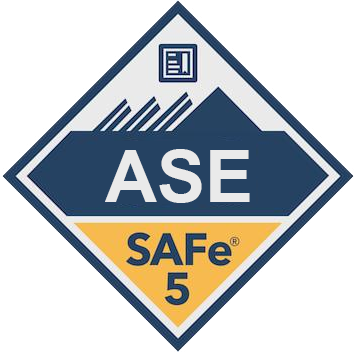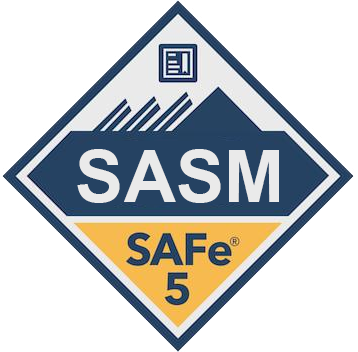In order to manage the project and significantly increase the project’s chances of success, an agile implementation in an organization is important.
Agile implementation entails a complete shift in how an organization thinks, which impacts how it performs. However, many firms struggle to implement Agile project management owing to a lack of information, leadership, and know-how.
This blog will discuss the importance of agile implementation and its steps. Agile implementation necessitates a cultural shift that prioritizes cooperation, transparency, and continual development.
It is critical to incorporate all team members in the process and to be flexible as you experiment and learn what works best for your firm.
BONUS: Download Our FREE Agile Transformation Checklist
What is agile implementation?
Agile implementation is the process of incorporating Agile methodology and principles into an organization’s software development process. Agile is an iterative and incremental method to project management that stresses flexibility, collaboration, and continuous delivery.
The agile implementation uses an Agile framework, such as Scrum, Kanban, or Lean, which contains specific practices, roles, and ceremonies.
The implementation phase entails educating the team on Agile concepts and practices, defining roles and responsibilities, generating a work backlog, and developing a framework for frequent discussion and feedback.
Agile implementation necessitates a cultural shift that promotes transparency, trust, and continual improvement. The implementation process is a continuous path of learning and progress that necessitates ongoing inspection, adaptation, and development.
Top 6 steps for an agile implementation to develop success in the project
Agile project management can be difficult to implement, especially if your team is used to working in a traditional waterfall style. Here are some steps which help implement agile in an organization. Those steps are discussed below.
1. Form an agile team
Determine the team size: Based on the project’s complexity and scope, determine the team size. A typical Agile team consists of five to nine people. Define each team member’s responsibilities, including the Product Owner, Scrum Master, and development team. Encourage the team to collaborate, share ideas and experiences, and support one another to achieve the project’s objectives. Provide full Agile methodology training, covering the selected framework, Agile concepts, and Agile rituals.
2. Define the job roles and responsibilities
Agile work duties and responsibilities emphasize team cooperation and continual improvement. Each team member is given the authority to take ownership of their job, and the team works together to provide high-quality products or services that fulfill the consumer’s needs. The Agile methodology stresses accountability, adaptability, and continuous improvement, allowing the team to adjust swiftly to changing requirements while still providing value to the customer.
3. Apply the proper discipline in the organization
In order to implement discipline in an Agile workplace, a culture of accountability and continuous improvement must be fostered. Conduct Agile ceremonies such as Sprint Planning, Daily Stand-up, Sprint Review, and Sprint Retrospective to ensure everyone is on the same page and focused on the project’s objectives. These rituals promote communication, collaboration, and accountability. A culture of responsibility and continuous improvement can assist the team in remaining focused, promptly adapting to changing requirements, and continuously improving their procedures to produce better results.
4. Choose the right thing for the organization
Choosing the best Agile strategy takes a careful assessment of the organization’s goals, culture, and resources. Understand the organization’s business objectives and ensure that the Agile approach chosen aligns with those objectives. Consider how the Agile method will assist the organization in achieving its strategic goals and how it will affect the organization’s culture, processes, and resources. A well-suited Agile methodology can assist the team in improving procedures, adapting to changing requirements, and improving performance to achieve better results.
BONUS: Download Our FREE Agile Transformation Checklist
5. Inspect and adapt regularly
In Agile project management, checking and adapting regularly is a fundamental discipline that allows teams to improve their performance and achieve better results continuously. At the end of each iteration, hold regular retrospectives to analyze the team’s performance, identify areas for improvement, and establish action items to address those problems. Examine metrics and stakeholder feedback to find opportunities for improvement.
Conclusion:
This blog concludes the steps to implement agile in an organization. These 5 steps are important for the agile implementation to develop the project’s quality. Including all team members in the process and being flexible as you experiment and learn what works best for your firm is crucial.








































































